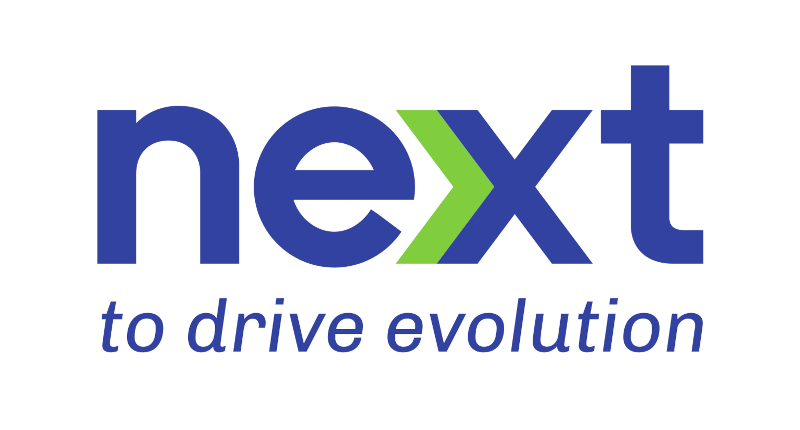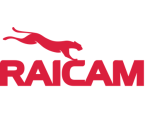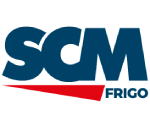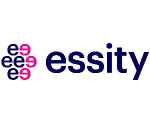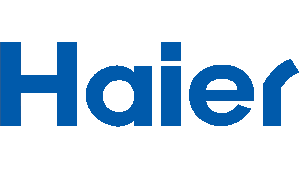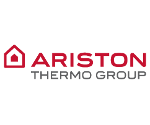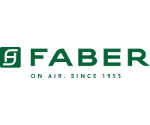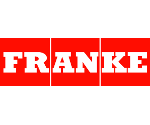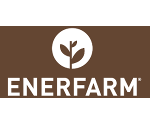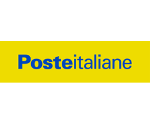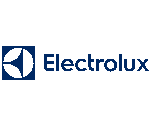Case Study
IMPROVE 4.0 in Automotive
– Case Study Description
The automotive sector is one of the first sectors that Next got into shortly after its foundation.
Since 2015 we have been collaborating with Stellantis plant in the town of Cento and recently with Raicam. It is a company specialised in designing, developing and manufacturing of brakes, clutches and actuators for the Automotive Industry.
The production process in this sector involves multiple stages.
Next’s expertise can be divided into the following 4 main areas:
- Product traceability
- Production sequencing
- Management of component kit supply
- Engine assembly guidance
Advantages
In the Automotive Sector, IMPROVE 4.0 guarantees a better management of production by implementing a JUST IN TIME system, in particolar for the Supply Kit or Components Kit.
The advantages are:
- DECREASE IN COSTS IN TERMS OF STOCK, OPTIMISATION OF WAREHOUSE AND PHYSICAL SPACE because the inventory is not managed manually
- IMPROVEMENT IN SAFETY AND QUALITY thanks to the ability of tracking each single component. It permits to identify rapidly and to solve potential defects or quality problems. This function is essential especially in Automotive Industry where the safety is a priority
- REDUCTION IN ASSEMBLY TIME due to the digitalisation and interconnection among AGV and other hardware. The operator can perform assembly procedures easier and faster
- ACCURATE TRACEABILITY guarantees, not only a high level of Quality, but also a Protection of Regulatory Compliance. There are many strict standard procedures to respect and guidelines to follow.
Partial goals
Engine and component traceability
Non-conformity identification
Production sequencing definition
Just-in-time system for component kit supply
Generation of component kits (Pick to light)
Engine assembly guidance (Pick to light)
Fill out the form below to request the complete report about the automotive sector case study.
